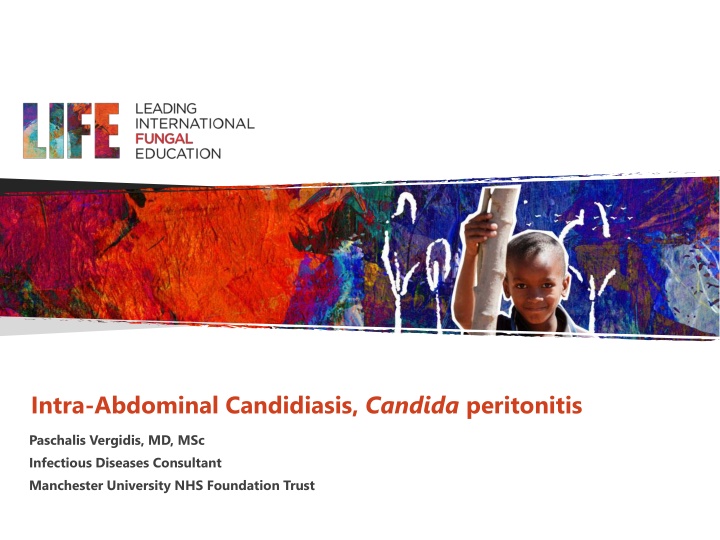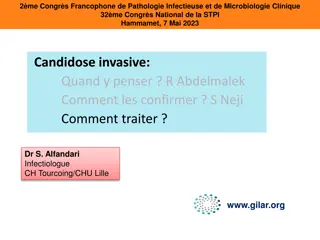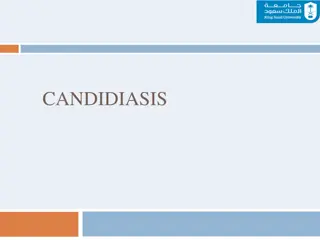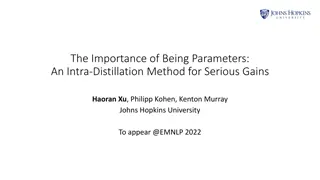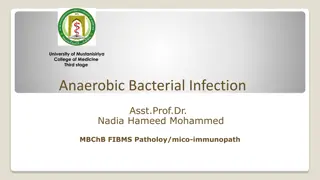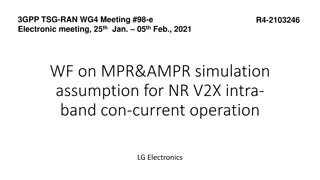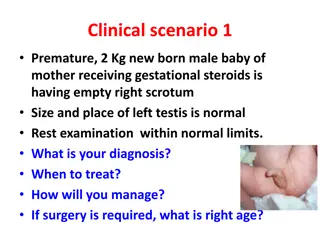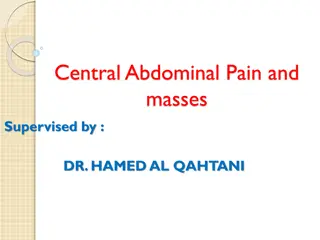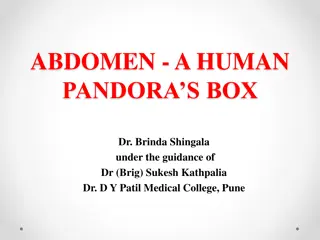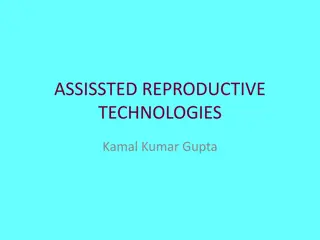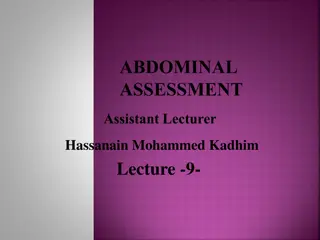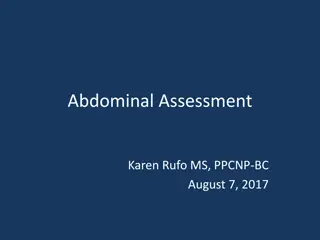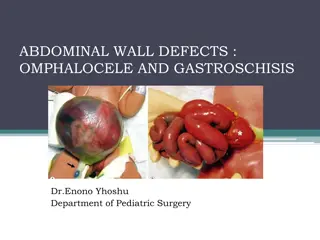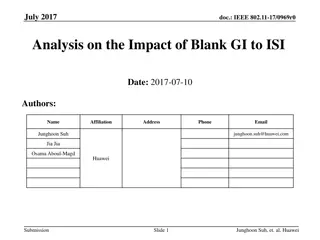Intra-Abdominal Candidiasis,
Intra-abdominal candidiasis is an important clinical entity with diverse manifestations and risk factors. Learn about its classification, common forms, microbiology, clinical features, and management strategies. Explore the spectrum of disease and understand the different types of peritonitis associated with Candida infections.
Download Presentation

Please find below an Image/Link to download the presentation.
The content on the website is provided AS IS for your information and personal use only. It may not be sold, licensed, or shared on other websites without obtaining consent from the author.If you encounter any issues during the download, it is possible that the publisher has removed the file from their server.
You are allowed to download the files provided on this website for personal or commercial use, subject to the condition that they are used lawfully. All files are the property of their respective owners.
The content on the website is provided AS IS for your information and personal use only. It may not be sold, licensed, or shared on other websites without obtaining consent from the author.
E N D
Presentation Transcript
Intra-Abdominal Candidiasis, Candida peritonitis Paschalis Vergidis, MD, MSc Infectious Diseases Consultant Manchester University NHS Foundation Trust
Learning Objectives To understand the different forms of intra-abdominal candidiasis To discuss the risk factors for intra-abdominal candidiasis To review the management and outcomes of intra-abdominal candidiasis
Spectrum of Disease Kullberg BJ, Arendrup M. NEJM 2015; 373: 1445-1456
Intra-Abdominal Candidiasis Common form of deep-seated candidiasis Poorly studied compared to candidaemia Accounts for ~10% of all cases of peritonitis Bacterial co-infection is common
Classification Primary peritonitis No apparent breach of the GI tract Secondary Peritonitis Follows perforations, surgical leaks, trauma or other pathological process Tertiary Peritonitis Persistence or recurrence of intra-abdominal infection following treatment Intra-Abdominal Abscess Localized infection resulting from pathological process or breach of the GI tract Infected Pancreatic Necrosis Infection of the non-vitalized pancreatic tissue Cholecystitis, cholangitis Vergidis et al. PLoS ONE. 2016; 11(4). e0153247
Risk factors Recurrent GI surgery GI tract perforations GI anastomosis leakage Acquisition can be: Community-acquired Hospital-acquired Healthcare-associated Prolonged broad-spectrum antibiotics Acute renal failure Total parenteral nutrition ICU stay Diabetes mellitus Immunosuppression Bassetti et al. Intensive Care Med. 2013; 39(12): 2092-106
Microbiology Candidaalbicans (65-82%) C. glabrata <20% C. tropicalis <10% C. parapsilosis <5% Other non-albicans Candida spp. ~2% Mixed Candida spp. ~5%
Clinical manifestations Fever Abdominal pain (+/- guarding/rebound tenderness) Nausea, vomiting Purulent discharge from abdominal drains Leucocytosis Electrolyte abnormalities Hypokalaemia, hypernatremia Acidosis Raised inflammatory markers Clinical presentation is similar to bacterial peritonitis Bacterial co-infection is common
Diagnosis Direct microscopy Intra-operative peritoneal or abscess fluid Culture Peritoneal or abscess fluid Blood culture In situ drains Dialysis effluent Non-culture based diagnostics Serum -D-Glucan Candida PCR
Treatment Source control Drainage of abscesses/collections Repair of anatomical defects Antifungals Antifungal treatment has been shown to improve outcomes Echinocandin Fluconazole (if not critically ill) Prophylaxis Fluconazole in high-risk surgical patients Dupont et al. Arch Surg. 2002. 137 (12):134-6 Montravers et al . Crit Care Med. 2006; 34 (3): 646-52 Vergidis et al. PLoS ONE. 2016; 11(4). e0153247
Source control Drainage Percutaneous (CT-, ultrasound-guided) Transgastric Surgical procedures Laparotomy to repair anatomical defects
Prognosis Survival analysis by type of intra-abdominal candidiasis Early source control and antifungal treatment are associated with improved outcomes Mortality ~30% in recent studies Mortality higher in patients admitted to the ICU Vergidis et al. PLoS ONE. 2016;11(4): e0153247
Predictors of mortality Increased likelihood for survival: Presence of abscess Antifungal therapy Septic shock High APACHE II* Score Upper GI tract source Nosocomial peritonitis Inadequate source control *Acute Physiology and Chronic Health Evaluation II Dupont et al. Arch Surg. 2002; 137 (12):134-6 Montravers et al . Crit Care Med. 2006; 34 (3): 646-52 Vergidis et al. PLoS ONE. 2016; 11(4). e0153247
Summary Intra-abdominal candidiasis is as common as Candida bloodstream infections Mortality rates are comparable to that of candidaemia Early source control and antifungal treatment are associated with improved outcomes
